Australia new polymer note concepts cause controversy
29 09, 2012 13:52 Category: Oceania
According to an article in The Australian dated 27 September 2012, the Reserve Bank of Australia has been working on a top-secret project, dubbed Next Generation Bank Note, for the past five years, the goal of which is to issue a new series of polymer banknotes, breathing new life into the currency, helping it capture "characteristics of Australia" with "youthful" and "energetic design qualities" while giving the bank the opportunity to enhance security features.
The following concept banknotes from Melbourne designer Garry Emery were approved for further development in 2010, and show that Queen Elizabeth II had been removed from the 5-dollar note in favor of the father of Federation, Henry Parkes, and Australia's first female political candidate, Catherine Helen Spence. The RBA ultimately decided to keep QEII on this denomination, although final designs have not been chosen, and it will be several years before any new notes are introduced to the public.
The Australian article made such a fuss about the amount of money spent on this project (said to be AU$9.3 million by News Limited), much of it paid to non-Australian designers, that the RBA was forced to issue an official response.
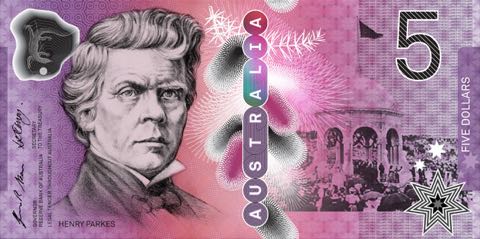
The design brief for the Reserve Bank’s new generation $5 bank note did not initially include the Queen. Instead Father of Federation Sir Henry Parkes was to be the star.
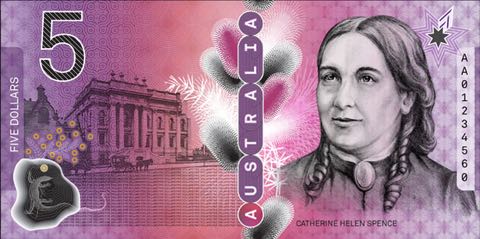
Australia’s first female political candidate Catherine Helen Spence featured on a special commemorative $5 note back in 2001 and was set to return with a new portrait in Gerry Emery’s NGB design.
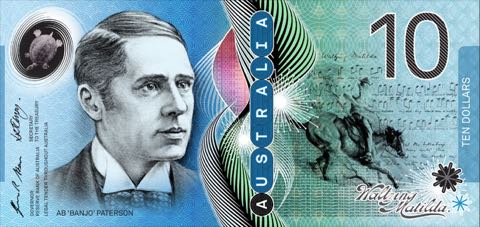
RBA research shows most Australians cannot name the faces on our money. The lyrics to Waltzing Matilda help identify AB 'Banjo' Paterson instantly.
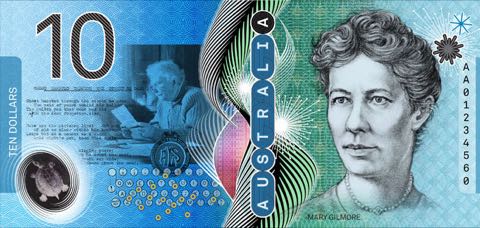
Poets and writers feature heavily on Australian bank notes. The typewritten verse of poet and journalist Dame Mary Gilmore brings a haunting sense of authenticity to Garry Emery's NGB design for the tenner.
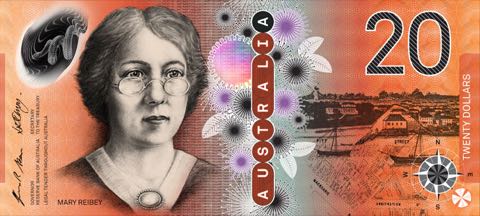
Englishwoman Mary Reibey was transported to Australia as a convict but went on to become a successful businesswoman in Sydney. The RBA removed biography captions early on in the NGB project to avoid lecturing the public.
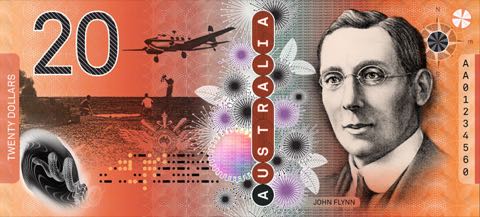
The NGB design brief called for the expression of 'Australian characteristics'. The Reverend John Flynn, who founded what became the Royal Flying Doctor Service, is rendered before a dramatic outback scene.
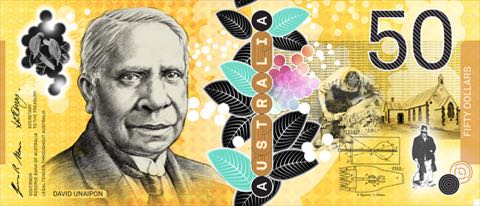
Allan 'Chirpy' Campbell the great-nephew of Aboriginal inventor and author David Unaipon has vowed to sue the Reserve Bank for $30 million over the 'unauthorised' use of Unaipon in the present $50 note. But he loves this new image.
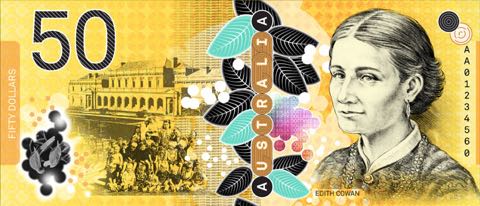
The new portrait of teacher Edith Cowan with outback kids captured a youthful spirit the design brief called for before the Reserve Bank returned to safer territory in later versions.
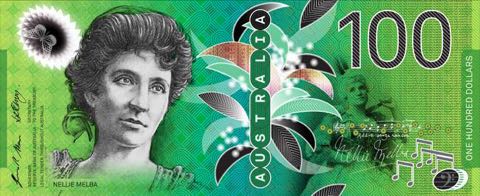
Legendary diva Dame Nellie Melba was set for a spectacular return to her heyday in the new portrait commissioned but we're staying with the older stodgy image of today's $100 note.
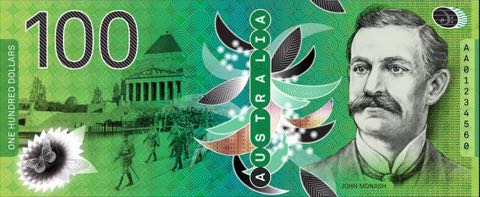
Sir John Monash, Australia's greatest general, knocked polar explorer Douglas Mawson off the $100 when our biggest note changed from paper to plastic in 1996.
Courtesy of Thomas Krause, Trevor Wilkin, Yves Courtemanche. Neale Vickery, Allan Tilley, and Aidan Work.
The following concept banknotes from Melbourne designer Garry Emery were approved for further development in 2010, and show that Queen Elizabeth II had been removed from the 5-dollar note in favor of the father of Federation, Henry Parkes, and Australia's first female political candidate, Catherine Helen Spence. The RBA ultimately decided to keep QEII on this denomination, although final designs have not been chosen, and it will be several years before any new notes are introduced to the public.
The Australian article made such a fuss about the amount of money spent on this project (said to be AU$9.3 million by News Limited), much of it paid to non-Australian designers, that the RBA was forced to issue an official response.

The design brief for the Reserve Bank’s new generation $5 bank note did not initially include the Queen. Instead Father of Federation Sir Henry Parkes was to be the star.

Australia’s first female political candidate Catherine Helen Spence featured on a special commemorative $5 note back in 2001 and was set to return with a new portrait in Gerry Emery’s NGB design.

RBA research shows most Australians cannot name the faces on our money. The lyrics to Waltzing Matilda help identify AB 'Banjo' Paterson instantly.

Poets and writers feature heavily on Australian bank notes. The typewritten verse of poet and journalist Dame Mary Gilmore brings a haunting sense of authenticity to Garry Emery's NGB design for the tenner.

Englishwoman Mary Reibey was transported to Australia as a convict but went on to become a successful businesswoman in Sydney. The RBA removed biography captions early on in the NGB project to avoid lecturing the public.

The NGB design brief called for the expression of 'Australian characteristics'. The Reverend John Flynn, who founded what became the Royal Flying Doctor Service, is rendered before a dramatic outback scene.

Allan 'Chirpy' Campbell the great-nephew of Aboriginal inventor and author David Unaipon has vowed to sue the Reserve Bank for $30 million over the 'unauthorised' use of Unaipon in the present $50 note. But he loves this new image.

The new portrait of teacher Edith Cowan with outback kids captured a youthful spirit the design brief called for before the Reserve Bank returned to safer territory in later versions.

Legendary diva Dame Nellie Melba was set for a spectacular return to her heyday in the new portrait commissioned but we're staying with the older stodgy image of today's $100 note.

Sir John Monash, Australia's greatest general, knocked polar explorer Douglas Mawson off the $100 when our biggest note changed from paper to plastic in 1996.
Courtesy of Thomas Krause, Trevor Wilkin, Yves Courtemanche. Neale Vickery, Allan Tilley, and Aidan Work.

